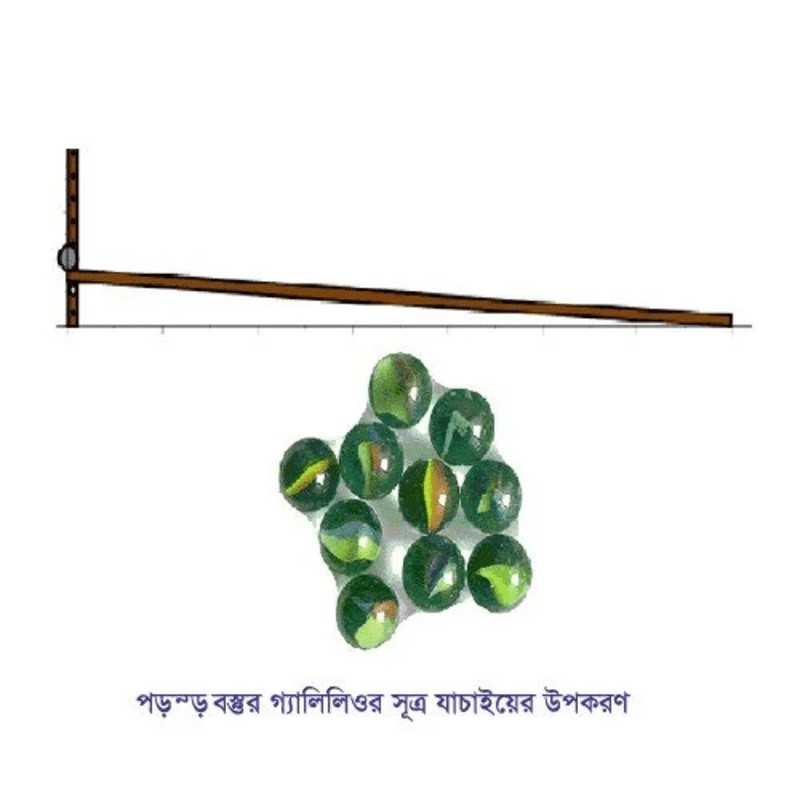
Price :
৳1500
Estimated Shipping Time: 2 to 3 days
Uses: Acceleration Measurement , Gravitational Experiments
Product SKU: cMk2960X38
Check Galileo’s formula for falling objects
Galileo's formula for falling objects states that the distance (s) fallen by an object in free fall is proportional to the square of the time (t) it has been falling, represented mathematically as , where is the acceleration due to gravity (approximately on Earth). This experiment demonstrates the principles of gravity, motion, and acceleration by measuring the distance an object falls over a set time period.
Visual Demonstration: It visually illustrates the concepts of free fall and acceleration due to gravity, helping students better understand these physics principles.
Quantitative Analysis: Allows for the collection of quantitative data on the time of fall and distance traveled, enabling calculations and comparisons with theoretical values.
Real-World Application: Provides insight into real-world phenomena, such as how objects fall and the impact of gravity, which is relevant in various fields, including engineering and safety.
Interactive Learning: Engages students in hands-on experimentation, fostering a deeper understanding of the scientific method and encouraging inquiry-based learning.
No Review Found.
Login To Comment